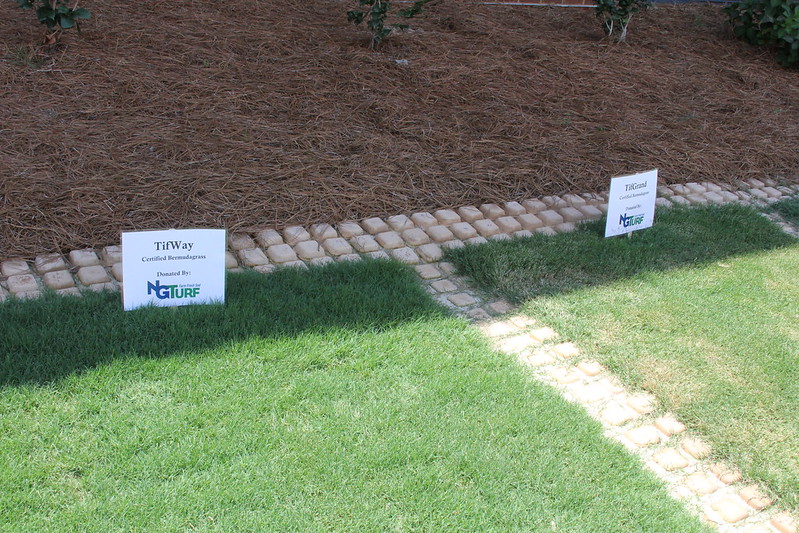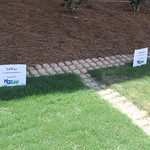As a University of Georgia Cooperative Extension turfgrass specialist, I have recently received numerous calls and emails regarding grass planting and maintenance. This is likely a result of the recent warm, dry weather, which typically activates people to begin working in their landscape, and the increased number of people currently at home.
Warm-season grasses are beginning to transition into active growth. All the rainfall this winter has resulted in wet soils, which are generally slower to warm as water is a buffer of heat. In Griffin, the UGA Weather Network has recorded nearly 27 inches of rainfall since January. That is 4.5 inches more rain than was recorded January through May last year and more than 10 inches more rain for the same time period in 2017 and 2018. In the last two weeks, air and four-inch soil temperatures have increased and are consistent with March temperatures for the past three years. Warm-season grasses will likely green-up further and begin to need maintenance.
In general, turfgrass is a resilient plant capable of tolerating numerous stresses and abuse (e.g. wear, traffic, heat, cold, drought, mismanagement, disease, insects, etc.) with tremendous recuperative potential. Turf’s resiliency can be a benefit to the plant and the person managing it.
It is still early spring and warm-season species really do not need much fertilization yet. For most of the state, waiting to fertilize until mid- to late April will be fine.
The exception would be cool-season grasses like tall fescue and bentgrass. Now is the time to fertilize them and grow as many roots as possible to precondition the grass from the upcoming summer heat stress. More emphasis to maintaining recommended fertilization programs should be given to cool-season lawns.
Mowing is a routine practice to turfgrass maintenance. For most of the state, there is minimal need for mowing right now. That will change in the coming weeks.
Consider raising the mowing height to the upper end of the recommended range for the turfgrass species you are maintaining. Lawncare calendars that include species mowing height ranges specific to Georgia can be found at www.GeorgiaTurf.com.
Currently, the irrigation of turf should not be a concern. This can change over the next few weeks as temperatures rise and grass begins to grow. Drought can be a factor in turfgrass loss during the spring transition. If rainfall patterns continue, it is unlikely this will be a problem, but if soil does begin to dry through the spring, then irrigation should be applied.
Pest management is the last big issue. First, spring green-up is when warm-season grasses are most susceptible to herbicide injury. The mower can serve as a weed control option. If possible, mow regularly. Many of the weeds currently in lawns are winter annuals and will be dying as temperatures rise. Mowing and Mother Nature are suitable options under these circumstances.
Initiating a preventative disease control program should be considered. Spring is a time when environmental conditions are favorable for disease infection and when grass is least capable of resisting. There are several turfgrass fungicides that have a 28-day residual. View the 2020 turfgrass pest control recommendations for fungicide options at www.GeorgiaTurf.com.
For more information on lawn care, call your local UGA Extension office at 1800-ASK-UGA1 or visit extension.uga.edu.








